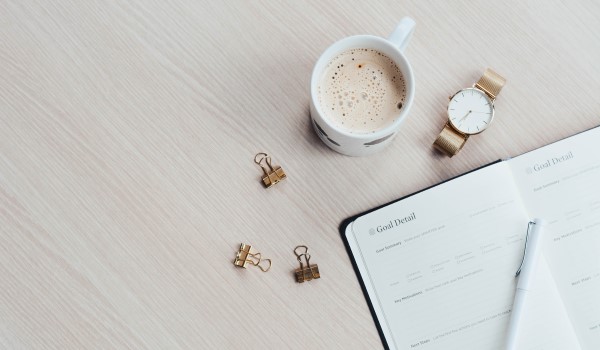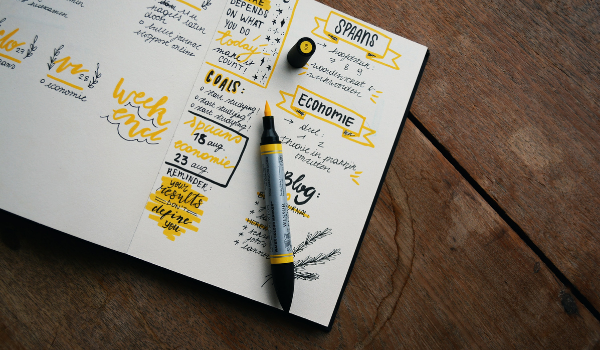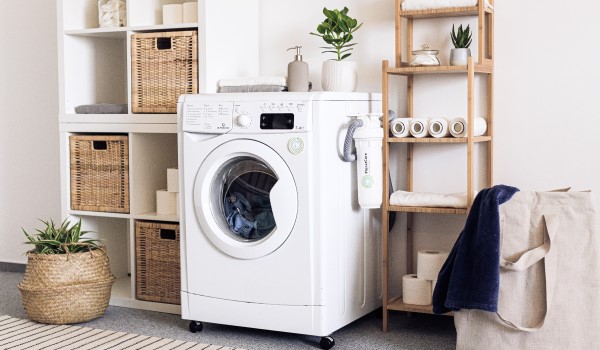You may have heard about setting goals for your finances - it's something we really believe in here at Beehive Money. It can truly help you to reach those all important milestones and targets such as owning your own home, paying for a wedding or even jetting off on holiday.
We've spoken before about how there's even research that proves setting goals means you'll be more likely to reach those things that you want in life. We've even built in technology into our app to help you set goals and track them easily.
What exactly is a financial goal?
A financial goal is a target that you want to get to that needs funds in order to get there. It can be as simple as needing to save £100 or as large as wanting to save for a house deposit. Like any goal, it's something you really want or need and you're putting in a plan to get there.
What goals can I make?
Everyone's financial goal will be unique to them but there are some common ones that you might have heard of or aimed for yourself without even realising you've set a goal.
Here are some examples.
- Having a rainy day or emergency fund.
- Continuously working to a budget.
- Improving your credit score.
- Getting on the property ladder.
- Saving for your future.
Your goals can be a mix of short, medium and long term goals - you don't just need to have one. For example, a holiday or a small home update may be a short term goal. Buying a house would be a medium term goal as this will take much longer than paying for a holiday. A long term goal would be saving for your financial future as this could be around 30 years of saving. It's up to you whether you focus on one goal at a time or you spread your efforts across different ones. Before you start saving it could be wise to sort your budget out and make sure you know where all your pennies and pounds are allocated.
How to stick to your financial goal
As with any goal such as weight loss or running a certain distance it's best to break it down into managable chunks and make sure it's SMART. You can't just say 'I want to save money' as your financial goal because you're unlikely to reach it because it's far too vague. Here's where we make our goals SMART. This isn't a new thing, it's a pretty well used goal-setting technique and it works perfectly for money-based milestones.
Specific: How much money do you want to save and what's it for? This is the part where you drill down into why you're saving and it gets a little more real. You'll no doubt have a goal or multiple goals in mind which is great, that's the first step to a SMART goal. This is where the Beehive app steps in to help you with your savings, you can rename and add an icon to your funds with our savings goals function.
Measurable: By setting a target amount your goal is immediately measurable as you can see whether you're a quarter, a third or half way there for example. In the Beehive app you can track how well you're doing against your goal with the Goal Tracker and we'll let you know how you're doing, too.
Achieveable: Don't set yourself up for failure. Aim for something you can actually get to. If your goal is to buy a house, why not use our deposit calculator to see what you can save and when by?
Realistic: This one's super important. If you want a house deposit and dream of moving in next year, is this realistic? Be brutally honest with yourself with how much you're able to save.
Time-based: Break your goals down into smaller chunks. A £15,000 house deposit sounds like a lot of money when you only have £10 in your Lifetime ISA but, if you break it down it gets easier. Let's try three years - that's now just £5,000 a year to save. This is your time based aspect of your goal, sorted.
The fun doesn't end there - with the Lifetime ISA you can get a 25% bonus from the Government up to £1,000 each tax year. So, if your goal is £5,000 a year you only really need to save £4,000! Broken down into monthly savings amounts that's just over £333 per month which suddenly might not be as daunting as £15,000 all on it's own.
Here are some things to remember about the Lifetime ISA:
- You have to be aged 18-39 to open a Lifetime ISA.
- The LISA is only suitable for first-time buyers wanting to buy a home at least 12 months after opening their account.
- You can also use the Lifetime ISA to save for your future if this was your financial goal where you can save until you're 50 and still receive the bonus.
- If you're using a LISA as a retirement savings account you can withdraw your money at age 60. Between the age of 50 until then your account will then continue to gain interest.
- Ineligible withdrawals will mean you'll pay a 25% Government withdrawal fee and you'll get back less than you saved.
Keep checking in on your goal and don't worry too much if life gets in the way of you saving your maximum amount that you aimed for, it's OK to make adjustments along the way if you've got other things to pay for over a series of months. Alternatively, the opposite could happen with a bonus, payrise, gift or inheritence - factoring these into your financial goals if they happen can accelerate your savings.
Download the Beehive Money app today and start saving for a brighter future.









